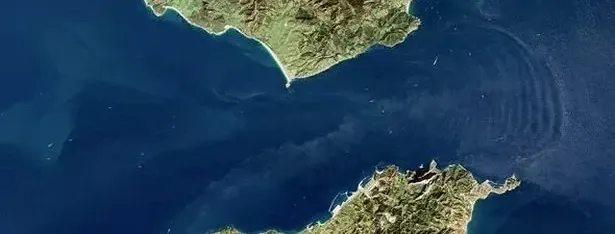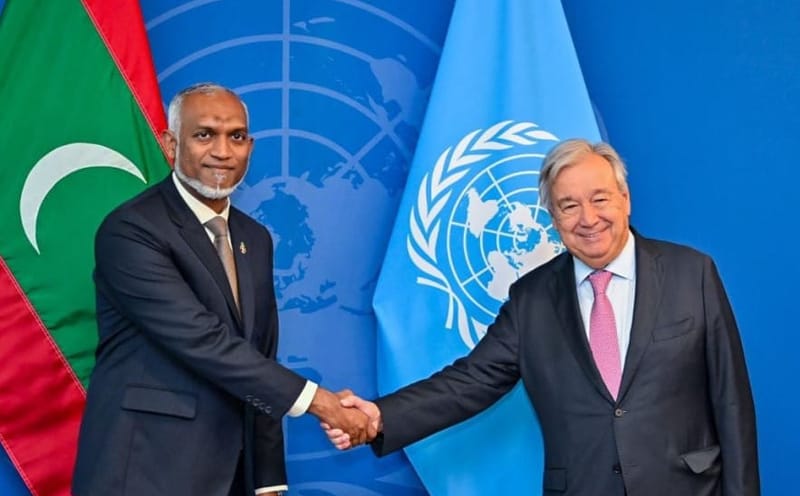Spain and Morocco Revive Plans for Gibraltar Tunnel Ahead of 2030 World Cup
Spain and Morocco are reigniting their plans to construct an undersea railway tunnel connecting the two continents
After decades of anticipation, Spain and Morocco are reigniting their ambitious plans to construct an undersea railway tunnel connecting the two continents beneath the Strait of Gibraltar. This monumental project, which has been in the works for over 90 years, aims to link Europe and Africa and is set to play a crucial role in the upcoming 2030 World Cup, hosted by Spain, Portugal, and Morocco.
The Strait of Gibraltar, the narrowest point between the European and African continents, measures just 13 kilometers at its narrowest and a mere 8 miles where the seabed is shallowest. Historically, this region has been a focal point for potential fixed transport links due to its geographical significance.
In February 2023, following a high-level bilateral meeting, the Spanish and Moroccan governments officially relaunched the project. They have resolved to construct an undersea railway tunnel, aiming for completion within five years to align with the World Cup schedule. This timeline necessitates the commencement of construction within the next 18 months.
Engineering Challenges and Innovations
The envisioned tunnel will stretch 42 kilometers, with 27.7 kilometers submerged underwater and 11 kilometers underground. The design includes two rail tubes with an emergency service tunnel between them, allowing for the transportation of both passengers and cars. German company Herrenknecht, renowned for manufacturing tunnel boring machines, has confirmed the feasibility of producing the necessary machinery to tackle the challenging subsoil of the Strait.
Despite the technical feasibility, the project faces significant hurdles. The geological conditions beneath the Strait are notably unstable, influenced by the Azores-Gibraltar Transform Fault, which poses earthquake risks. Additionally, the Strait's depth and multi-directional ocean currents add complexity to the construction process.
Previous proposals, including bridges and floating tunnels, were dismissed due to their impracticality. The current plan, however, benefits from modern advancements in engineering and technology, making it a more viable option.
Economic and Logistical Considerations
The estimated cost of the Gibraltar tunnel remains a major concern. Drawing comparisons with the Channel Tunnel, which links France and Great Britain and cost over $25 billion in today's currency, the Gibraltar tunnel is unlikely to be less expensive. Moreover, the economic viability of the project is under scrutiny, with questions about whether it can attract enough demand to justify the investment.
Spanish authorities project that the tunnel could handle the annual passage of over 13 million tons of goods and 12.8 million passengers. However, the current heavy congestion of maritime traffic and robust ferry services across the Strait, along with the underdeveloped rail network in North Africa, pose significant challenges.
Strategic and Diplomatic Implications
Improved relations between Spain and Morocco have been instrumental in pushing this project forward. The potential for increased trade and cooperation between Europe and Africa presents a compelling case for the tunnel. Yet, the project's success hinges on several factors, including the integration of rail networks across North Africa and the resolution of strained relations among Maghreb countries.
As the world anticipates the 2030 World Cup, the Gibraltar tunnel stands as a symbol of connectivity and collaboration. While the technical and economic challenges are formidable, advancements in engineering provide a glimmer of hope. Whether this project will materialize in time for the World Cup remains to be seen, but its potential impact on global transportation and trade is undeniably significant.






